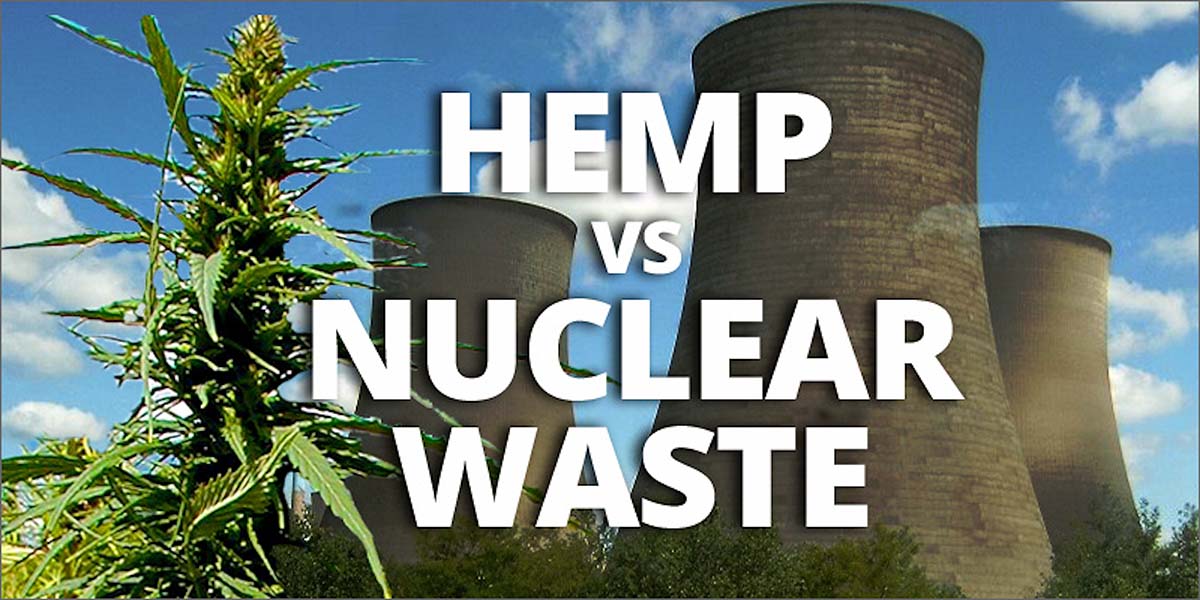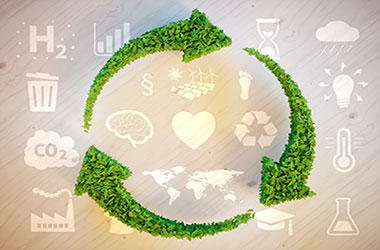
Hemp is a versatile plant that has been used for centuries for various purposes, including clothing, paper, and building materials. Its potential is not limited to traditional applications, as it possesses unique hydrophobic properties that make it a valuable resource in industries such as construction, textiles, and packaging. In this article, we explore the science behind hemp’s hydrophobicity, its advantages, applications, challenges, and techniques for enhancing its capability.
We also examine commercial production, safety, environmental, comparative, legal, and regulatory considerations. By understanding the potential of hemp’s hydrophobicity, we can maximize its benefits and contribute to sustainable development.
Understanding the Science Behind Hydrophobicity
Hydrophobicity refers to the tendency of a material to repel water. This property arises from the molecular structure of the material, which is characterized by nonpolar bonds, such as carbon-carbon and carbon-hydrogen.
These bonds do not form hydrogen bonds with water molecules, which are polar, resulting in a lack of attraction between the two. Conversely, polar bonds, such as oxygen-hydrogen and nitrogen-hydrogen, form hydrogen bonds with water molecules, leading to attraction and solubility. Hemp’s hydrophobicity is due to the presence of nonpolar compounds, such as lignin and waxes, in its fibers and stalks. These compounds prevent water from penetrating the material, making it resistant to moisture, rotting, and mold.
Key Advantages of Harnessing Hemp’s Hydrophobic Potential
The hydrophobicity of hemp offers several advantages in various industries. In construction, hempcrete, a mixture of hemp hurd, lime, and water, is used as a building material that is lightweight, insulating, and moisture-resistant. It also has low carbon emissions and can sequester carbon dioxide, contributing to sustainability. In textiles, hemp fibers can be processed into fabrics that are durable, antimicrobial, and breathable, making them suitable for clothing, bedding, and upholstery. In packaging, hemp-based materials can replace traditional plastics, which are non-biodegradable and harmful to the environment.
Hemp plastics are biodegradable, compostable, and recyclable, making them an eco-friendly solution.
Applications of Hemp’s Hydrophobicity in Different Industries
The hydrophobic properties of hemp can be applied in various industries, including agriculture, automotive, cosmetics, and paper. In agriculture, hemp oil can be used as a natural pesticide, herbicide, and fertilizer, reducing the need for harmful chemicals. In the automotive industry, hemp fibers can be used as an alternative to fiberglass in composites, reducing weight and improving fuel efficiency. In cosmetics, hemp oil can be used as a moisturizer, anti-inflammatory, and anti-aging agent, providing natural skincare benefits. In paper, hemp fibers can be used as a sustainable alternative to wood pulp, reducing deforestation and water pollution.
Challenges in Utilizing Hemp’s Hydrophobic Properties
Despite the potential benefits of hemp’s hydrophobicity, there are several challenges in utilizing it. One challenge is the lack of standardization in hemp cultivation, processing, and testing, leading to variations in quality and consistency. Another challenge is the cost and scalability of production, as hemp materials may be more expensive and less available than synthetic alternatives. Additionally, there may be limited consumer awareness and acceptance of hemp-based products, requiring education and marketing efforts. Finally, there may be regulatory and legal barriers to the production and distribution of hemp-based products, requiring compliance with local and national laws.
Techniques for Enhancing Hemp’s Hydrophobic Capability
To enhance the hydrophobic capability of hemp, several techniques can be employed. One technique is chemical modification, which involves treating hemp fibers with hydrophobic agents, such as silanes or fatty acids, to increase their water repellency. Another technique is physical modification, which involves compressing or densifying hemp fibers to reduce their porosity and increase their moisture resistance. A third technique is nanotechnology, which involves incorporating nanoparticles into hemp-based materials to improve their hydrophobicity and other properties.
These techniques can be combined to optimize the hydrophobic performance of hemp-based materials.
Commercial Production of Hydrophobic Hemp Materials
The commercial production of hydrophobic hemp materials involves several steps, including cultivation, harvesting, processing, and fabrication. Cultivation involves selecting and growing suitable hemp strains, optimizing environmental conditions, and monitoring plant health and growth. Harvesting involves separating the hemp fibers and stalks from the rest of the plant, drying them, and storing them for processing. Processing involves cleaning, separating, and refining the hemp fibers and stalks, and treating them with hydrophobic agents or physical methods.
Fabrication involves shaping the hydrophobic hemp materials into desired products, such as building blocks, fabrics, or packaging.
Future Prospects for Hemp’s Hydrophobic Potential
The future prospects for hemp’s hydrophobic potential are promising, as more research and development are conducted to optimize its properties and applications. This includes exploring new hydrophobic agents, improving cultivation and processing methods, and developing innovative products and technologies. Additionally, as consumers become more aware of the environmental benefits of hemp-based products, the demand for them is expected to increase, driving investment and innovation in the industry.
Safety and Environmental Considerations in Using Hydrophobic
Hemp Safety and environmental considerations are important in using hydrophobic hemp, as they affect human health and the ecosystem. Safety considerations include ensuring that hydrophobic agents used in hemp-based products are non-toxic and do not harm consumers or workers during production. Environmental considerations include minimizing the impact of hemp cultivation, processing, and disposal on soil, water, and biodiversity. This includes using sustainable practices, such as organic farming and eco-friendly processing, and recycling or composting hemp-based products at their end of life.
Comparative Studies: Hemp vs. Synthetic Hydrophobic Materials
Comparative studies between hemp and synthetic hydrophobic materials can provide insights into their relative performance and sustainability. These studies can compare factors such as cost, availability, durability, moisture resistance, and environmental impact. Studies have shown that hemp-based materials can perform as well as or better than synthetic materials in many applications, while being more sustainable and eco-friendly. However, more research is needed to compare their long-term performance and environmental impact.
Legal and Regulatory Issues in the Use of Hydrophobic Hemp
Legal and regulatory issues in the use of hydrophobic hemp vary by country and region, as laws and policies differ. In some countries, hemp cultivation and use are legal, while in others, they are restricted or prohibited. Additionally, regulations may apply to the cultivation, processing, and distribution of hemp-based products, requiring compliance with quality, safety, and environmental standards. It is important to be aware of the legal and regulatory issues in one’s country or region when utilizing hydrophobic hemp.
Conclusion: Maximizing the Benefits of Hemp’s Hydrophobicity
In conclusion, hemp’s hydrophobic potential offers a valuable resource for various industries, providing benefits such as moisture resistance, sustainability, and eco-friendliness.
To maximize the benefits of hemp’s hydrophobicity, it is important to understand the science behind it, explore its applications, address its challenges, employ techniques for enhancing it, and ensure safety and environmental considerations.
As the demand for sustainable and eco-friendly products grows, the potential of hemp’s hydrophobicity is expected to increase, contributing to a more sustainable future.





